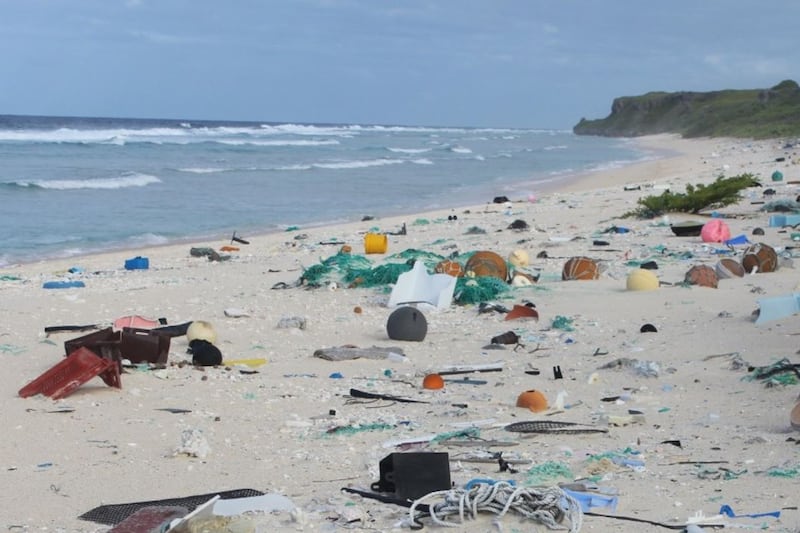Beaches of a remote British island in the South Pacific are littered with an estimated 37.7 million pieces of plastic, scientists have discovered.
The level of plastic pollution at uninhabited Henderson Island, part of the UK’s Pitcairn Islands territory, is worse than anywhere else in the world.
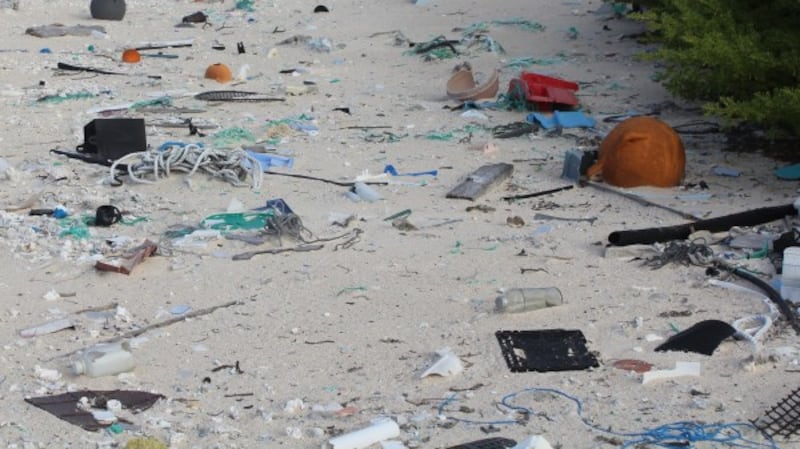
Investigators visiting the island found up 671 items of plastic on every square metre (10 sq ft) of its otherwise pristine beaches.
Henderson Island was designated a World Heritage Site by the United Nations in 1988. The 3,700 hectare (9,142 acres) island is 5,000 kilometres (3,100 miles) away from the nearest major population centre and has one of the world’s best preserved raised coral atolls.
It also happens to be near the centre of the South Pacific Gyre, a circular ocean current that gathers together man-made debris carried from South America and deposited by fishing boats.
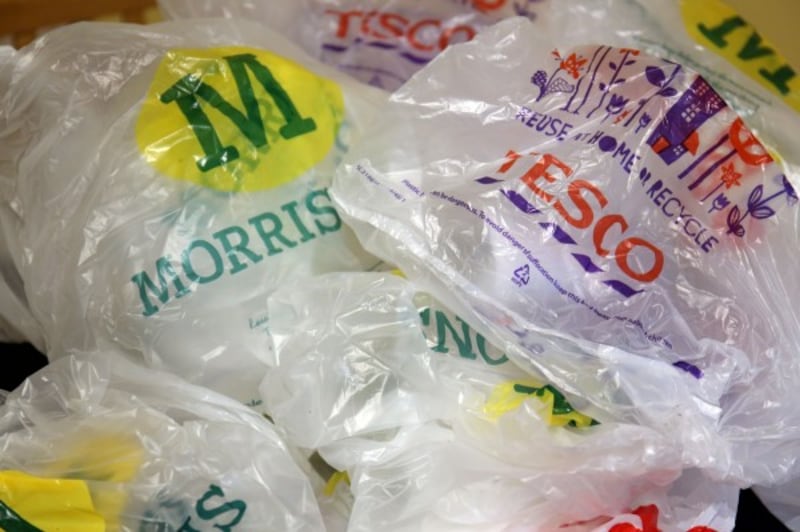
Dr Jennifer Lavers, from the University of Tasmania’s Institute for Marine and Antarctic Studies, who led a scientific expedition to the island carried out by the Royal Society for the Protection of Birds (RSPB), said: “What’s happened on Henderson Island shows there’s no escaping plastic pollution even in the most distant parts of our oceans.
“Far from being the pristine ‘deserted island’ that people might imagine of such a remote place, Henderson Island is a shocking but typical example of how plastic debris is affecting the environment on a global scale.”
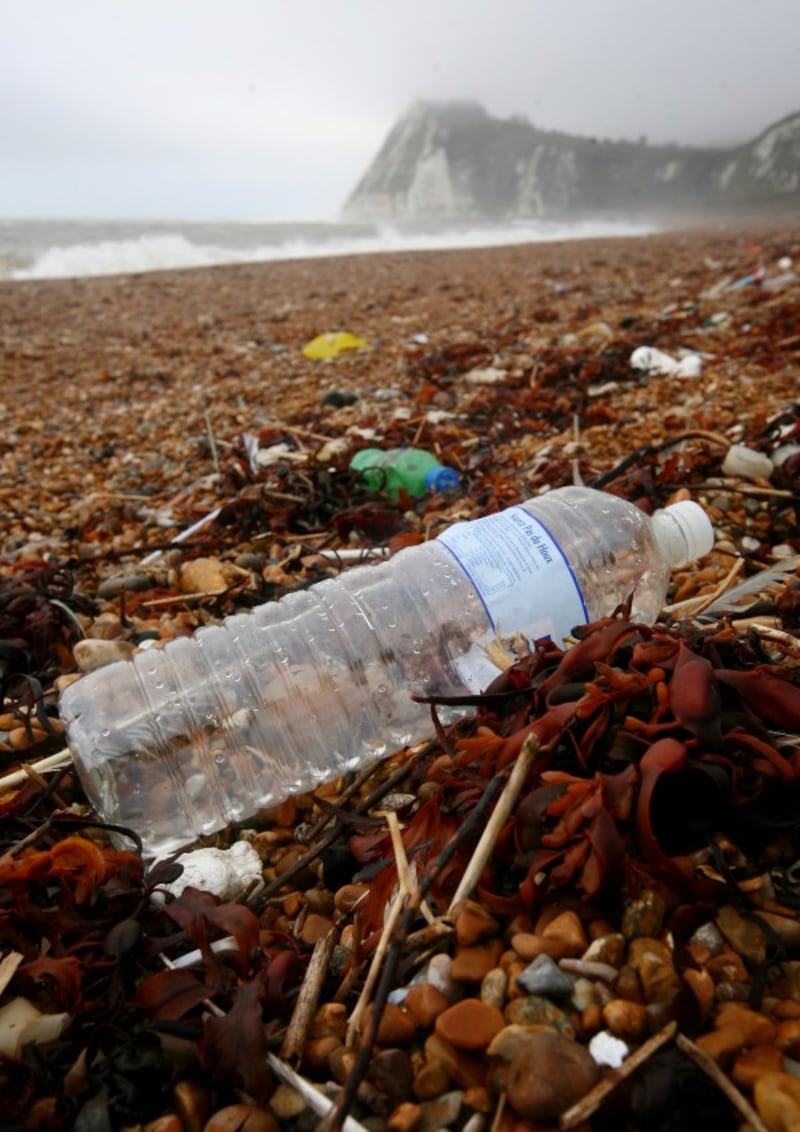
The scientists estimate more than 17 tonnes of plastic debris has been deposited on the island, with more than 3,570 new pieces of litter washing up each day on one beach alone.
“It’s likely that our data actually underestimates the true amount of debris on Henderson Island as we were only able to sample pieces bigger than two millimetres (5/64 in) down to a depth of 10 centimetres (4 in), and we were unable to sample along cliffs and rocky coastline.”
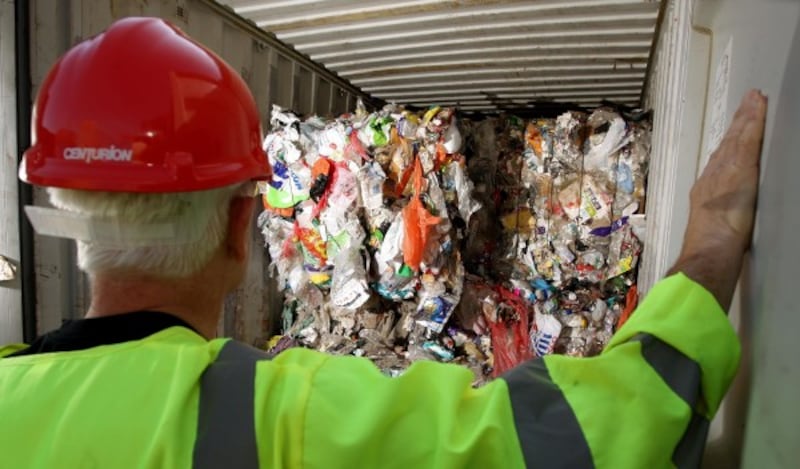
“More than 300 million tonnes of plastic produced worldwide each year is not recycled,” said Lavers. “Plastic debris is an entanglement and ingestion hazard for many species, creates a physical barrier on beaches to animals such as sea turtles, and lowers the diversity of shoreline invertebrates.
“Research has shown that more than 200 species are known to be at risk from eating plastic, and 55% of the world’s sea birds, including two species found on Henderson Island, are at risk from marine debris.”



